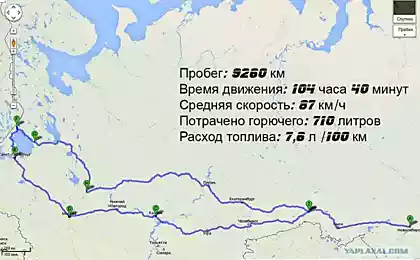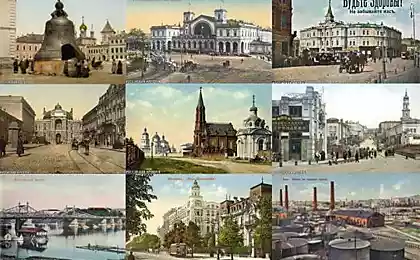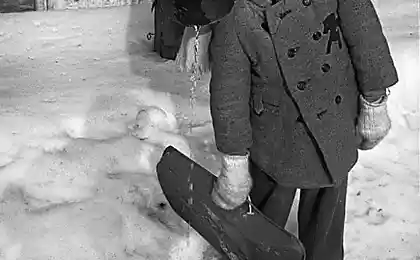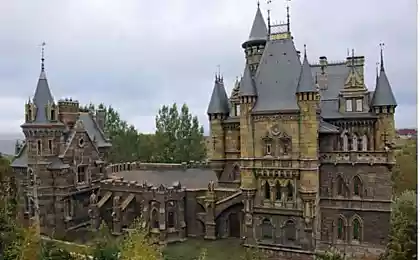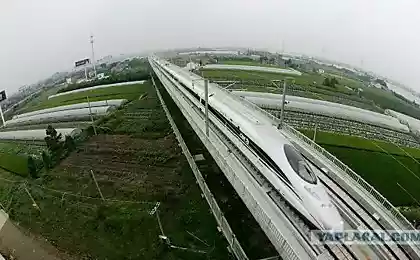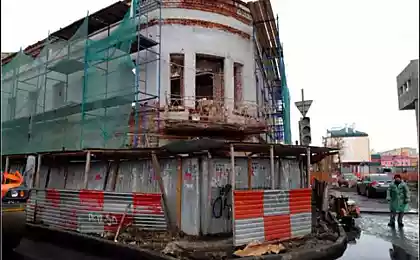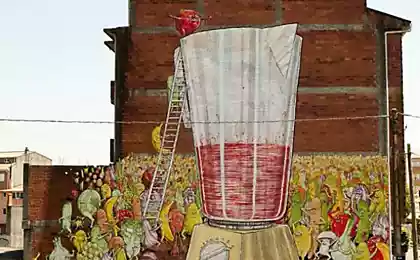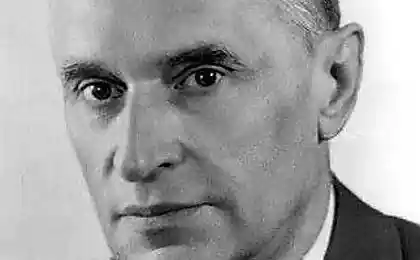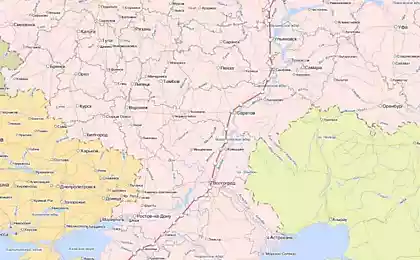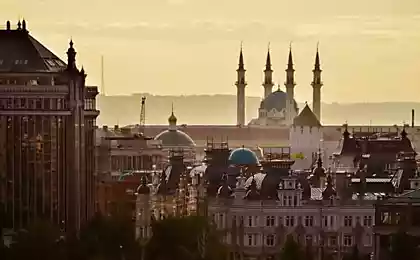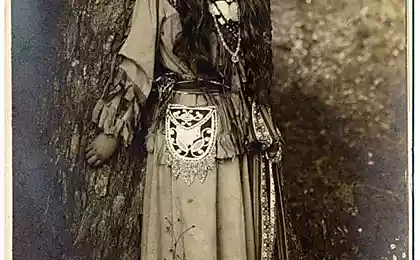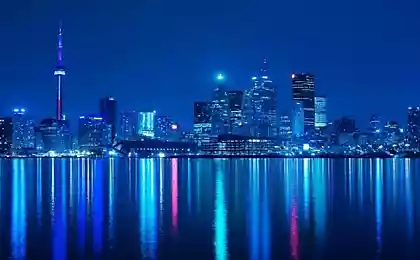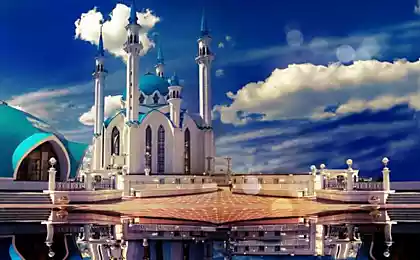876
KAZAN. Old and modern
Few of the text in the history of Kazan and 49 photos, both old and modern Kazan.
Kazan - the capital of the Republic of Tatarstan and one of Russia's largest cities (population - about 1.1 million people), the "capital of the Tatars of the world". Located on the left bank of the Volga River at the confluence of the river Kazanka. Coordinates 55 ° 45' N, 49 ° 08' E And before the revolution and during the Soviet era, and nowadays Kazan represented and represents a huge, original, like no other city, cultural and economic center of Russia, on a par with cities such as Yekaterinburg (the capital of the Urals) , Novosibirsk (the capital of Siberia), Samara (the capital of the Volga region). This identity has been intensified in the 90 years of the twentieth century, and reconstruction, dedicated to the 1000th anniversary of the city (August 2005), gives a full image of Kazan, the capital.
Kazan - an important industrial center. The city has 150 large factories, specializing in the production of: aviation (Kazan Aircraft Production Association named after Gorbunov), military helicopters (Kazan helicopter plant, here is the famous Ka-52 "Black Shark"), the compressor and refrigeration equipment ("Compressormash") medical and optical devices (Kazan Optical and Mechanical Plant), polyethylene ("Kazanorgsintez" - the largest plant of the city), the film and film (90% of Russian production), household chemicals ("Nefiskosmetiks"), medicines ("Tatkhimpharmpreparaty"). Development of food industry, including one of Russia's largest brewery, "The East is Red." Kazan plant differ incredibly powerful and tall chimneys, which are clearly visible from any point of the city. One of these pipes is much higher than the city TV tower.
Kazan - a huge cultural center where there are more than 30 high schools (second only to Moscow and St. Petersburg, but is clearly superior to the two capitals by the number of universities per 1000 inhabitants). About 40% of the population are young people under 30 years old.
The name "Kazan", presumably due to the Turkic word "Kazan" - "pot", but it is the cause of such a name has not yet been able to find out.
Since Kazan is the capital of Tatarstan - the most powerful and richest of the Russian national republics, must be said about the ethnic composition of the population of Kazan. The city is home to about 100 different nations, of which the main part consists of Russian and Tatars. First in the city 55% of the population, the second - 40%, and the share of the latter is constantly growing due to immigration of Tatars from the former Soviet Union. This bi-national is the most characteristic feature of Kazan and the Russian and Tatar culture coexist peacefully in the city and surprisingly organic. Also in Kazan live fairly significant diaspora Chuvash, Mari, Bashkir and Ukrainians.
When Kazan was founded, it is not precisely known, although for political reasons is conventionally considered the founding date of 1005. For the first time it is mentioned under the year 1177, and founded most likely it was in the XII century as a fortress to protect the north-eastern borders of the Volga-Kama Bulgaria.
Bulak river in the city center, separates the two streets, the left and right Bulak.
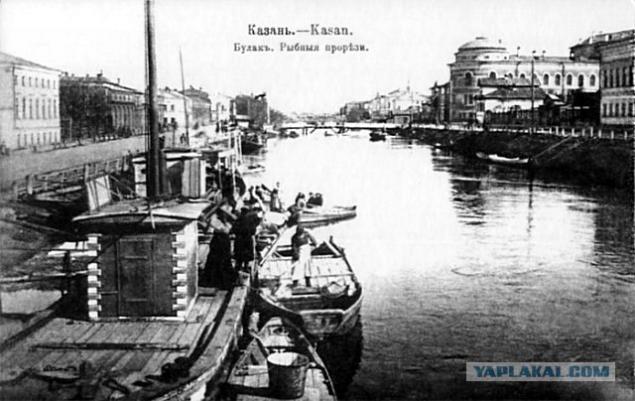
Bulak so looks now
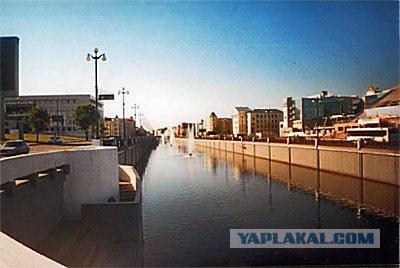
More Bulak
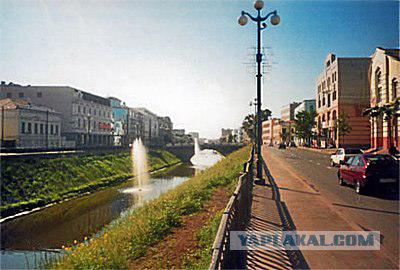
Tukai street, before the revolution
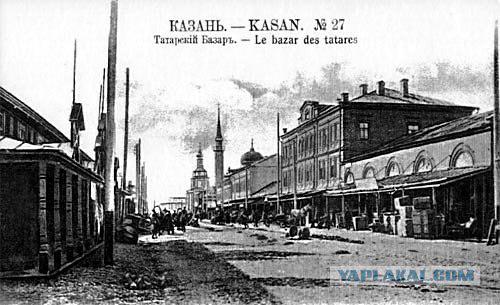
Tukai street at this time
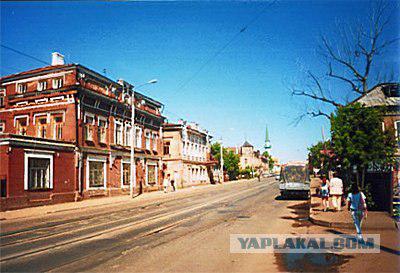
More
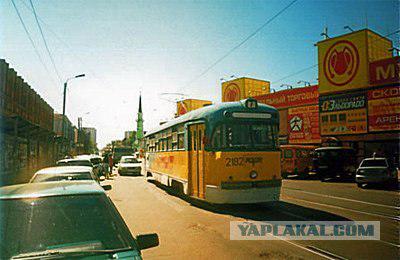
Mosque in the background of the old photo sohragilas now
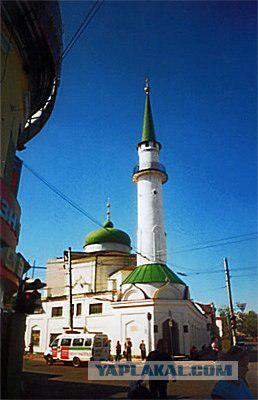
old photo Merchants Assembly
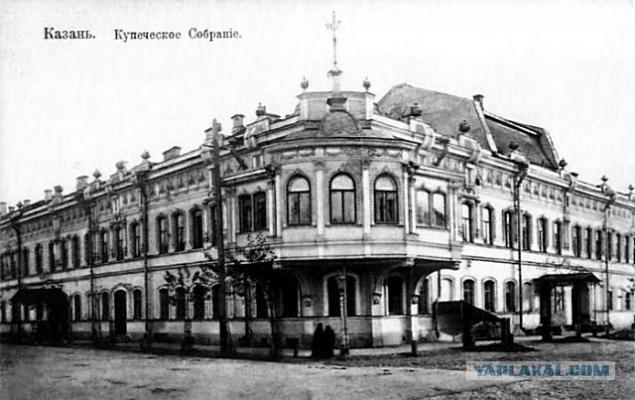
Nowadays

Church of the Epiphany on the street. Prolomnaya (now the street. Bauman "Local Arbat»)
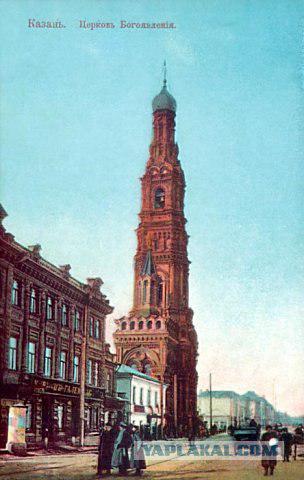
modern look
different angles
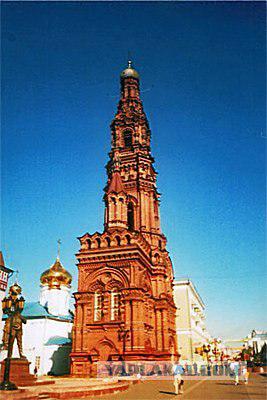
More
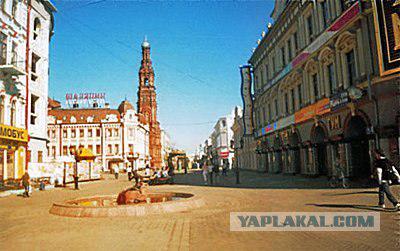
"Arbat" in olden times
Image removed two
Image removed three
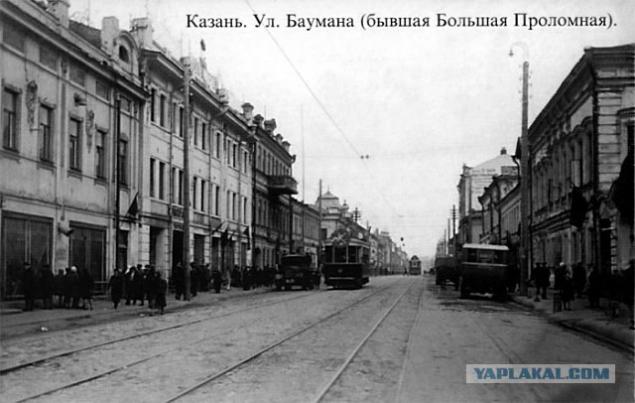
Four

Five
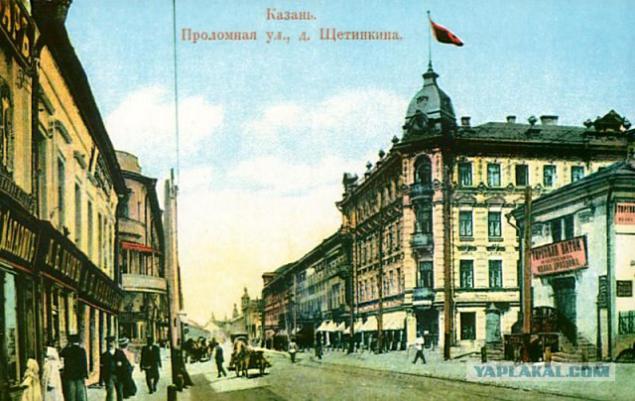
"Arbat" street. Bauman, our days just two
by the way coach Catherine now as a tourist attraction
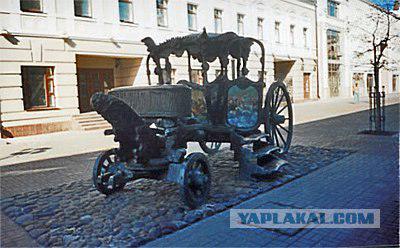
***
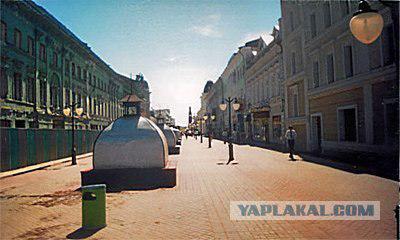
Tower Princess Syuyumbike in antiquity
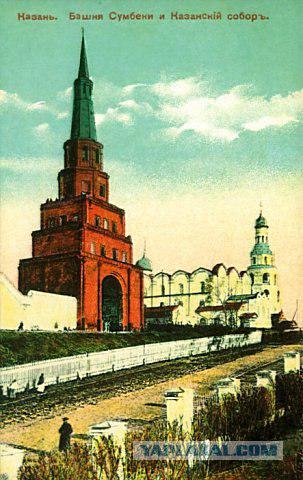
Today
different angles
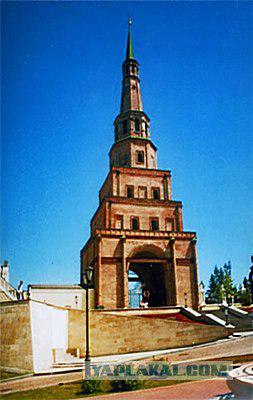
More
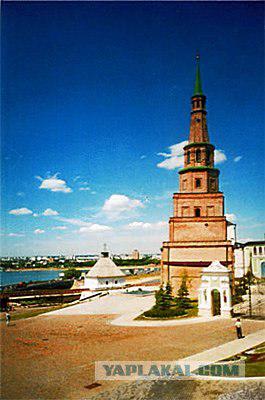
More
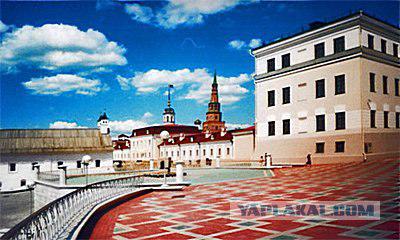
Alexander passage then
Image removed he is today
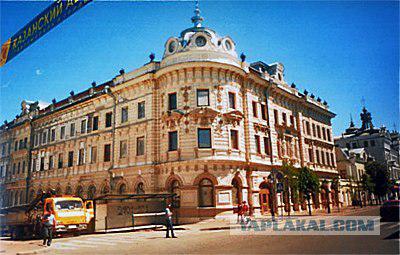
Kremlin from different angles
in the old days ...
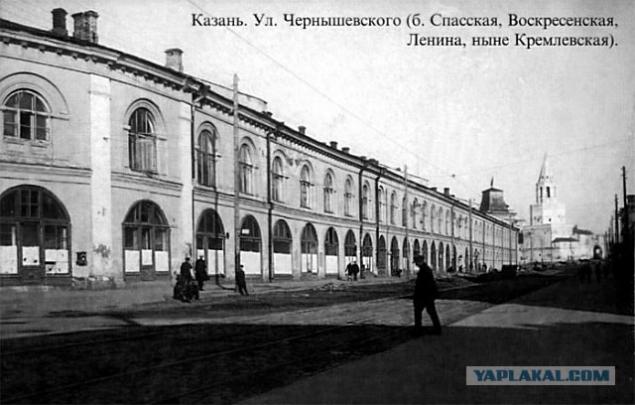
More
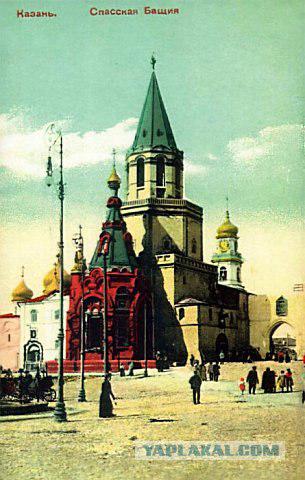
Today
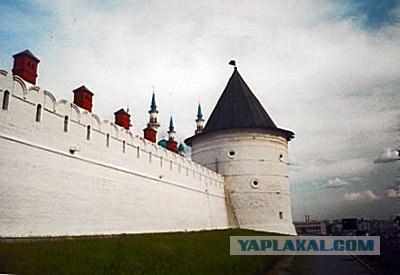
***
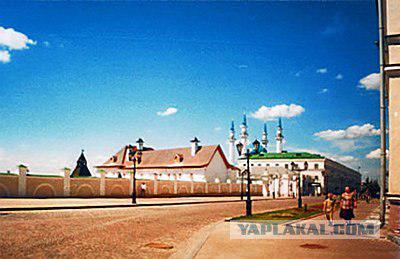
***
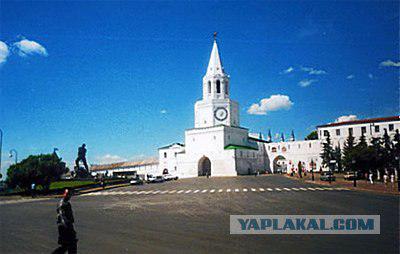
***
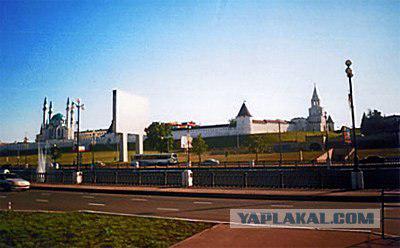
***
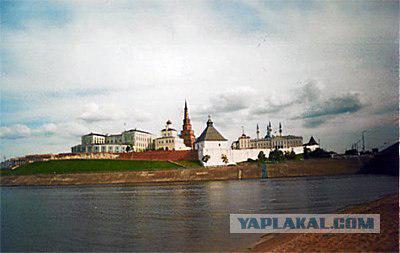
Source:
Kazan - the capital of the Republic of Tatarstan and one of Russia's largest cities (population - about 1.1 million people), the "capital of the Tatars of the world". Located on the left bank of the Volga River at the confluence of the river Kazanka. Coordinates 55 ° 45' N, 49 ° 08' E And before the revolution and during the Soviet era, and nowadays Kazan represented and represents a huge, original, like no other city, cultural and economic center of Russia, on a par with cities such as Yekaterinburg (the capital of the Urals) , Novosibirsk (the capital of Siberia), Samara (the capital of the Volga region). This identity has been intensified in the 90 years of the twentieth century, and reconstruction, dedicated to the 1000th anniversary of the city (August 2005), gives a full image of Kazan, the capital.
Kazan - an important industrial center. The city has 150 large factories, specializing in the production of: aviation (Kazan Aircraft Production Association named after Gorbunov), military helicopters (Kazan helicopter plant, here is the famous Ka-52 "Black Shark"), the compressor and refrigeration equipment ("Compressormash") medical and optical devices (Kazan Optical and Mechanical Plant), polyethylene ("Kazanorgsintez" - the largest plant of the city), the film and film (90% of Russian production), household chemicals ("Nefiskosmetiks"), medicines ("Tatkhimpharmpreparaty"). Development of food industry, including one of Russia's largest brewery, "The East is Red." Kazan plant differ incredibly powerful and tall chimneys, which are clearly visible from any point of the city. One of these pipes is much higher than the city TV tower.
Kazan - a huge cultural center where there are more than 30 high schools (second only to Moscow and St. Petersburg, but is clearly superior to the two capitals by the number of universities per 1000 inhabitants). About 40% of the population are young people under 30 years old.
The name "Kazan", presumably due to the Turkic word "Kazan" - "pot", but it is the cause of such a name has not yet been able to find out.
Since Kazan is the capital of Tatarstan - the most powerful and richest of the Russian national republics, must be said about the ethnic composition of the population of Kazan. The city is home to about 100 different nations, of which the main part consists of Russian and Tatars. First in the city 55% of the population, the second - 40%, and the share of the latter is constantly growing due to immigration of Tatars from the former Soviet Union. This bi-national is the most characteristic feature of Kazan and the Russian and Tatar culture coexist peacefully in the city and surprisingly organic. Also in Kazan live fairly significant diaspora Chuvash, Mari, Bashkir and Ukrainians.
When Kazan was founded, it is not precisely known, although for political reasons is conventionally considered the founding date of 1005. For the first time it is mentioned under the year 1177, and founded most likely it was in the XII century as a fortress to protect the north-eastern borders of the Volga-Kama Bulgaria.
Bulak river in the city center, separates the two streets, the left and right Bulak.

Bulak so looks now

More Bulak

Tukai street, before the revolution

Tukai street at this time

More

Mosque in the background of the old photo sohragilas now

old photo Merchants Assembly

Nowadays

Church of the Epiphany on the street. Prolomnaya (now the street. Bauman "Local Arbat»)

modern look
different angles

More

"Arbat" in olden times
Image removed two
Image removed three

Four

Five

"Arbat" street. Bauman, our days just two
by the way coach Catherine now as a tourist attraction

***

Tower Princess Syuyumbike in antiquity

Today
different angles

More

More

Alexander passage then
Image removed he is today

Kremlin from different angles
in the old days ...

More

Today

***

***

***

***

Source:



